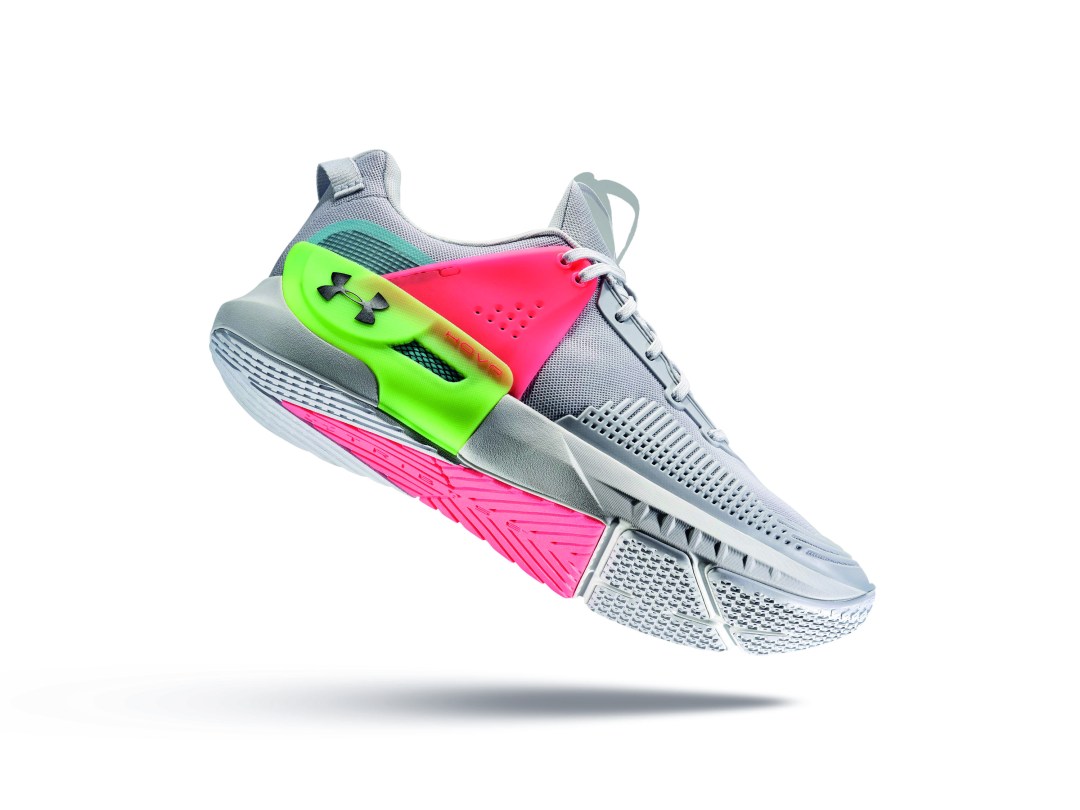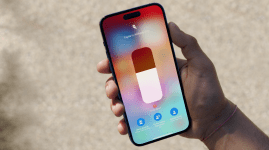The Futurist: Clothes Encounters
Matthew Griffin treads the connected catwalk in search of fashion’s future

It seems everything today has to be ‘smart’, from the cities around you to the devices in your pockets (or manbag, if that’s how you choose to live your life).
Clothes are no exception, especially when it comes to big sportswear brands like Under Armour – who are ploughing significant sums into R&D with wonder-textiles.
Well, what would big business do if they weren’t finding new and innovative ways to nab your data, in this case by tracking your every sweaty move as you crawl and inch your way around a Tough Mudder course?
Cheer up, Matt. It’s the price you pay for advancement, isn’t it?
No, seriously – as sensors and transistors become increasingly powerful, and as battery systems and computer components become increasingly flexible and miniaturised, to the point that they can now be printed and woven into the very fibres of your clothes, companies’ ability to stream data about you 24/7 is improving dramatically.
And that data is a goldmine of information that lets us analyse everything from your form during your 5am run and 6am gym workout, right through to how you’re sleeping, your posture, your state of health and the type of foods you’ve eaten today. And much more.
So that’s the state of play now, but what next?
As it gets easier to manufacture smart clothes, it’s going to get increasingly difficult to buy clothes that aren’t smart. They’ll be powered using triboelectric fabrics that generate electricity from your movements, and will pack more supercomputing-like power than your phone.
From the trainers on your feet to the sweatshirt on your back, everything will be smart. Well, in one sense at least.
See, you’re coming round now…
Just wait. Not only will your smart clothes be able to warn you when you’re getting ill, because they’ll sense your core temperature creeping up; they’ll also be able to detect an increasingly wide range of biomarkers including lactate, glucose and metabolites, then connect to your smart assistant and design tailored meal plans to fill any dietary gaps.
As we continue to see spectral analysis sensors and sensing systems miniaturise, it’s also not beyond the realms of possibility that one day your clothing will be able not just to detect but also to classify the pathogens and viruses in the air around you – and on you.
What about activity tracking?
Naturally, clothes will also be able to measure your performance during exercise and provide real-time haptic feedback when you’re not striking the right yoga pose. And then, thanks to new smart ceramic fabrics, they’ll even be able to help you recover and heal faster.
On top of all that, they’ll also track your every movement. Plus, because of their closeness to your body, they could even use your unique biomarkers and micromovements, such as your heartbeat, to identify you when you’re paying for goods at a shop, or when you’re getting into an autonomous vehicle that, once it knows it’s you, can access your personal preferences and set itself up accordingly.
OK… so kind of cool, kind of uncomfortably voyeuristically terrifying, then?
Look, one day smart clothes could even replace smartphones – for example, by miniaturising their componentry into a belt loop and strapping an E Ink display onto a Velcro patch on your sweatshirt.
Where we’re going we don’t need mobiles, just a bigger wardrobe.



